Louisiana has over a dozen laws that apply to bicycles and their riders. These laws tell cyclists how to ride and what equipment their bicycles must have. They also tell drivers how they must interact with cyclists and bikeways while driving.
These laws are intended to make roads safe for cyclists. They are also meant to delineate how cyclists and drivers can interact safely. When a driver or cyclist violates these laws, the police can cite them, and they may bear liability for any injuries that result from bicycle accidents or car accidents.
Types of Louisiana Bicycle Laws
Under Louisiana law, a bicycle is any conveyance that:
- Uses human propulsion
- Has a saddle that the rider sits astride
- Has two tandem wheels at least 16 inches in diameter or three wheels at least 20 inches in diameter
The category of bicycles includes bicycles for adults and children, tricycles for adults, and pedicabs.
Bicycles do not include:
- Mopeds, because they have internal combustion engines
- Unicycles, because bicycles must have at least two wheels
- Scooters and e-scooters, because they lack a seat or saddle
- Child tricycles, because the wheels must be at least 20 inches
- Pedal cars, because bicycles cannot have more than three wheels
Louisiana’s legislature amended its laws to treat e-bikes as bicycles. E-bikes have an electric motor that runs off of a rechargeable battery. The electric motor distinguishes e-bikes from mopeds with gasoline engines.
Under Louisiana law, e-bikes fall into three classes:
- Class I has an electric motor to assist the cyclist up to 20 miles per hour
- Class II has an electric motor to propel the bicycle up to 20 miles per hour
- Class III has an electric motor to assist the cyclist up to 28 miles per hour
All classes of e-bikes qualify as bicycles and fall under Louisiana’s bicycle laws.
Traffic Laws for Bicyclists in Louisiana
Louisiana’s bicycle laws apply to cyclists when they travel on public roads, highways, and bikeways. This means that they do not apply on private property like driveways and parking lots.
According to Louisiana’s vehicle code, bicycles are governed by all the same traffic laws as motor vehicles, except for the laws specifically directed toward bicyclists. In other words, when looking at which traffic laws apply to cyclists, you should start with the vehicle code and add on Louisiana’s bicycle-specific laws.
Louisiana also grants cyclists all the rights of motorists when riding on public roads. When a car driver encounters a bicycle on the road, they must treat it with the same deference they would give a motor vehicle.
When a car meets a bicycle at a four-way stop, the car’s driver must act the same as they would if two cars had met at the intersection.
Bicyclists must ride on the bicycle by sitting astride the seat or saddle. Riders must keep at least one hand on the handlebars at all times. And cyclists cannot carry passengers unless the bicycle has an extra seat for them. Cyclists cannot hang on to motor vehicles.
Cyclists must ride on the far right side of the right lane except when passing a right turn lane, making a left turn, or dodging an obstacle in the road. Bicyclists can ride in the left lane on a one-way road. They can also ride on the shoulder. When multiple cyclists ride together on public roads, they must ride either single file or two abreast.
E-bike Laws in Louisiana
Louisiana law requires manufacturers to identify the class of the e-bike, and riders cannot modify the bike to change its class.
Regardless of the class, e-bike riders have the same rights and responsibilities as cyclists. Cyclists can ride e-bikes anywhere bikes can travel, including bicycle lanes, trails, and paths. But local governments can restrict e-bikes on trails or paths after holding a public hearing and finding that they need the restriction for public safety.
Operators of Class III e-bikes must be at least 12 years old, while passengers can be younger than 12. Operators and passengers must wear a bicycle helmet while using a Class III e-bike, regardless of age.
Bicycle Safety Equipment
Bicycles and cyclists must have special safety equipment not required of motorists. Cyclists under 12 years old must wear a bicycle helmet. Bike passengers under 40 pounds in weight or 40 inches in height must ride in a child seat.
If you use your bike at night or in inclement weather, you must have:
- A white headlight
- A red tail light
- A red rear reflector
- A side reflector on each side
All bikes must have brakes as well.
Drivers and Bicyclists
Drivers, pedestrians, and other cyclists cannot harass, taunt, or throw objects at bicyclists.
And drivers cannot drive their vehicles in a bike lane except when they cross it to:
- Make a right turn
- Pull away from a curb
- Enter or exit a driveway
When passing cyclists, drivers must leave at least three feet between their vehicle and the bicycle.
Penalties for Violating Louisiana Bicycle Laws
Bicyclists and motorists who violate Louisiana bicycle laws face several potential penalties, including the following:
Criminal Penalties
Generally, people who violate Louisiana bike laws face a fine of up to $175 and a jail sentence of up to 30 days for a first-time offense. A repeat offender faces a fine of up to $500 and a jail sentence of up to 90 days.
Civil Liability
Louisiana uses pure comparative fault to determine the damages recoverable by an accident victim. Under pure comparative fault, Louisiana law reduces the damages you can get after a bike accident if you bear some of the blame for the accident. You’re only barred from recovering compensation if you’re 100% at fault.
Suppose that a driver hit you at night while you were riding your bicycle. You had the required lights, but your side reflector had broken off. The driver may bear liability for hitting you since the driver failed to exercise reasonable care in spotting you.
But you may also bear some of the fault for not having the right safety equipment. If a jury found you 15% at fault, a judge would reduce your damages so that you only recovered 85% of your losses.
Complying With Louisiana’s Bicycle Laws and Riding Safely
It’s relatively easy to comply with Louisiana bicycle laws. Most of the laws cover common-sense practices or elementary bicycle safety. As long as you stick to the basic rules of bike safety and always wear a helmet, you can comply with the law and ride safely.

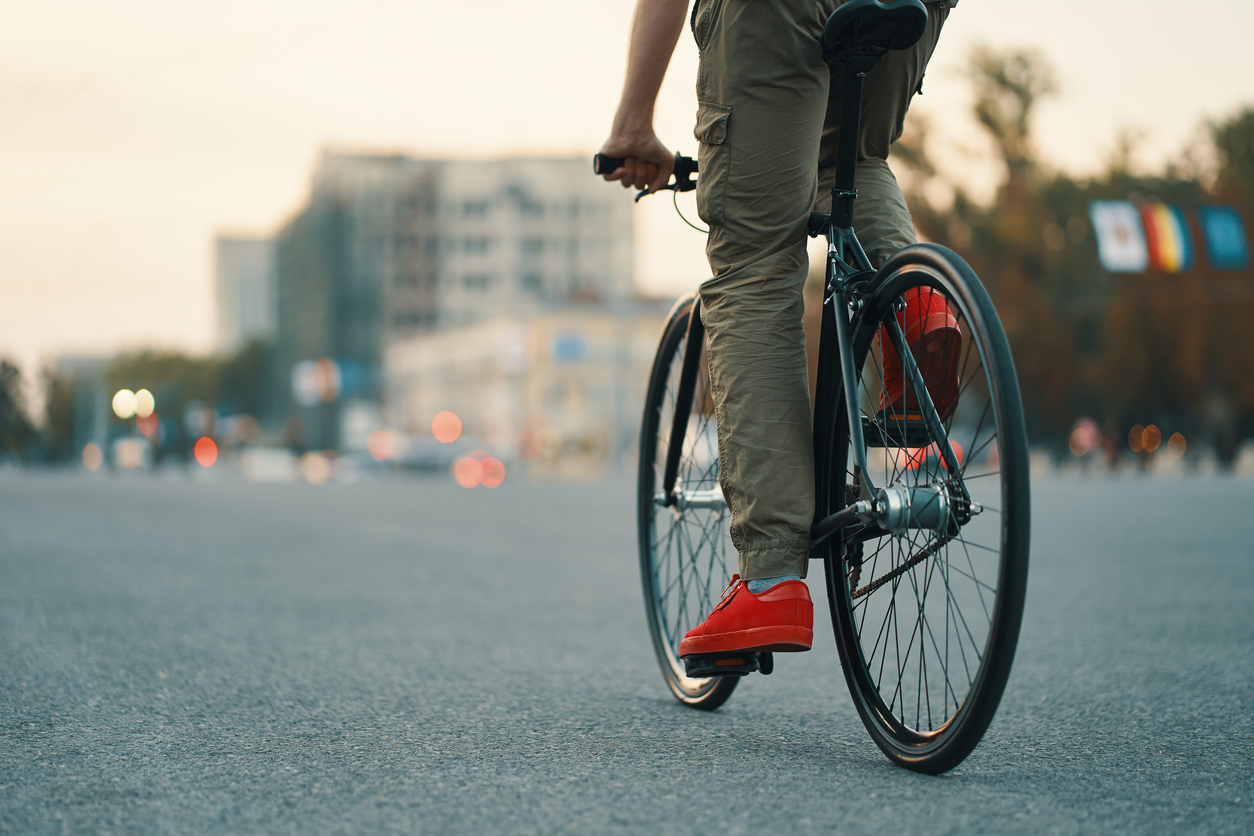
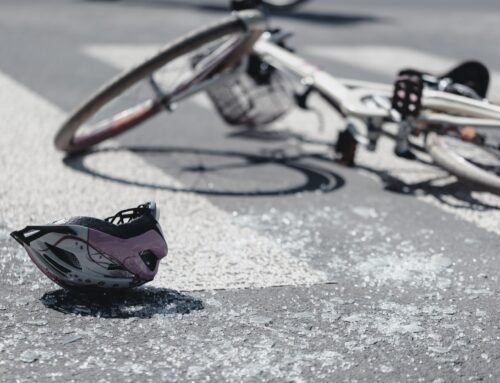
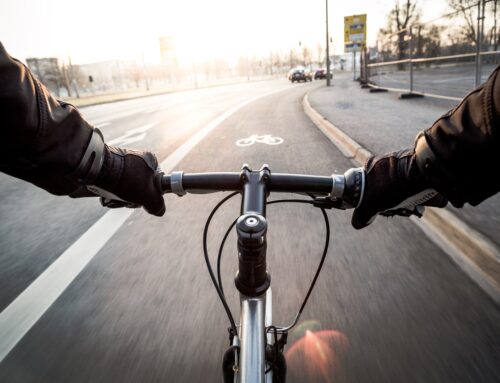
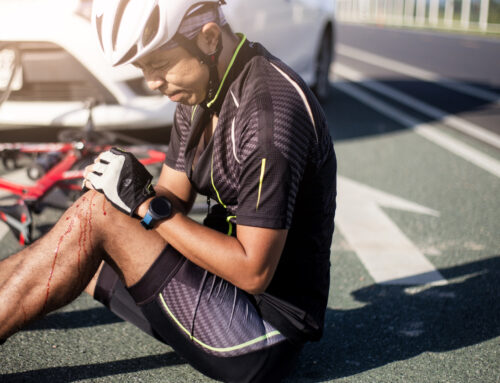
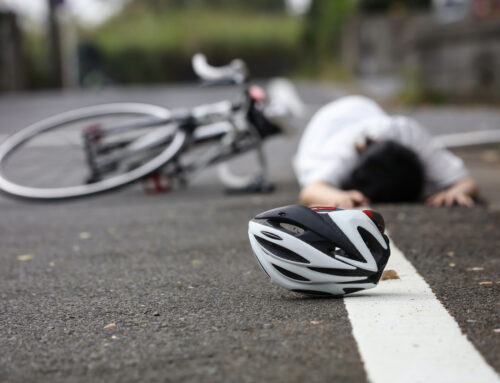

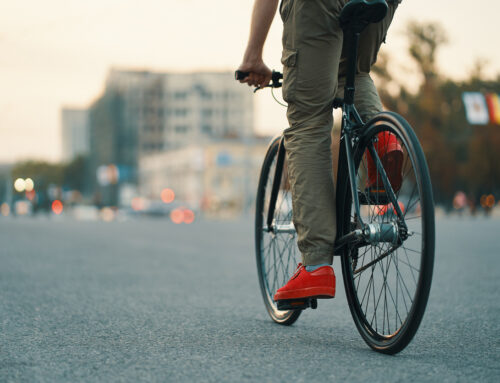
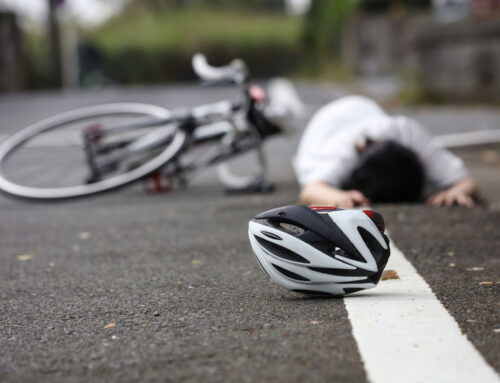

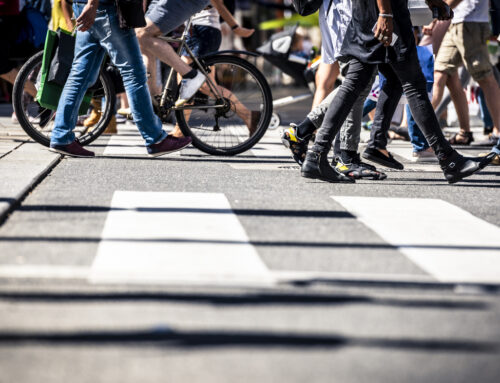


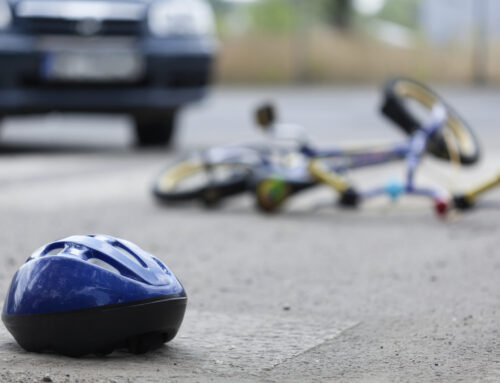
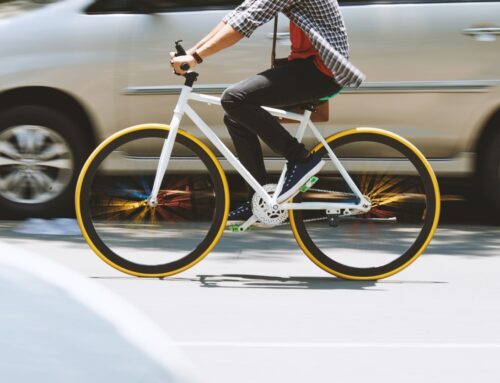
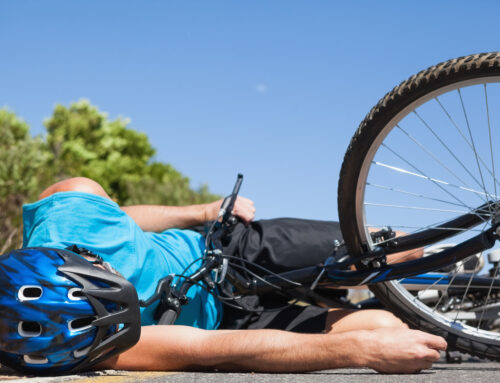
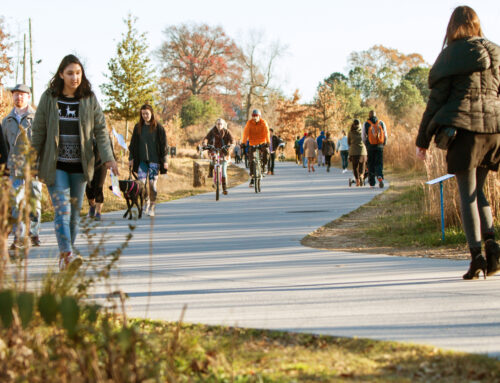

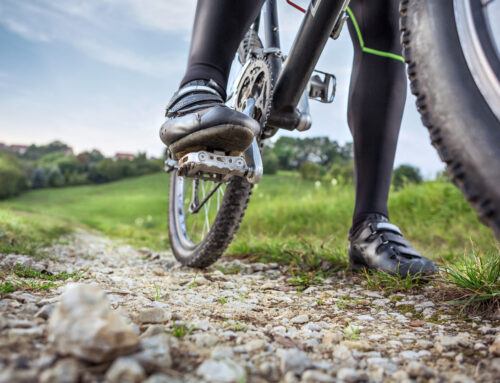
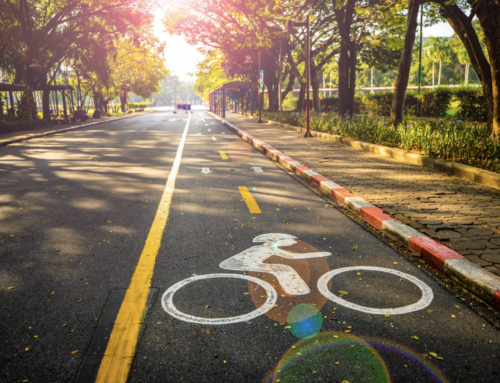
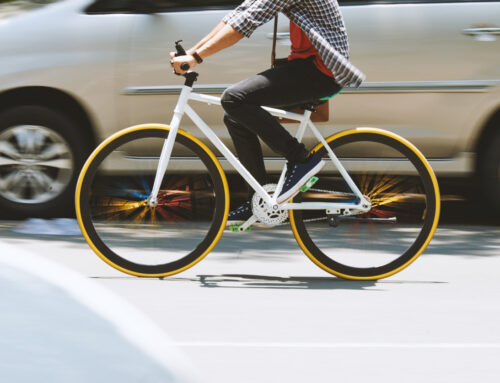
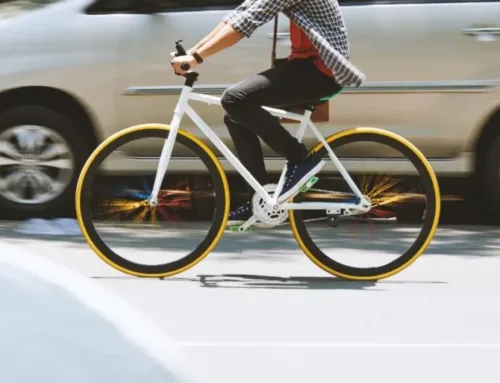
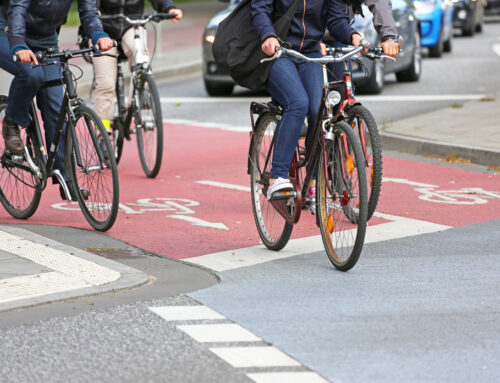
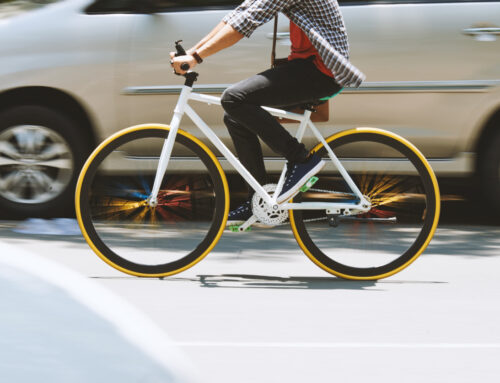
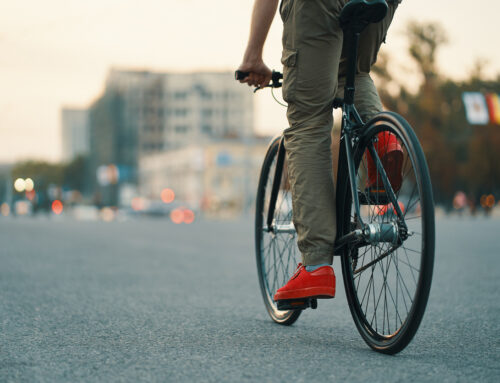

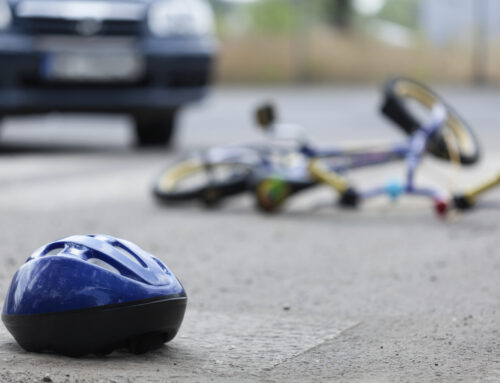
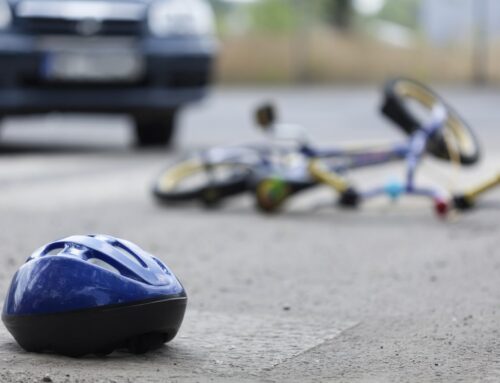
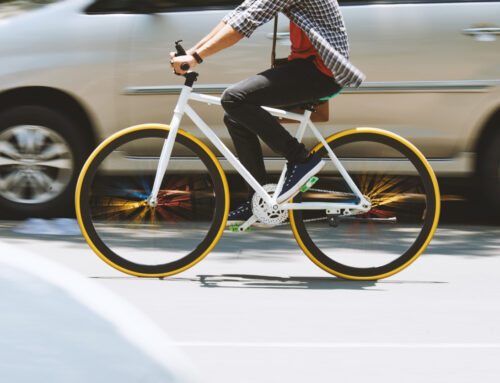

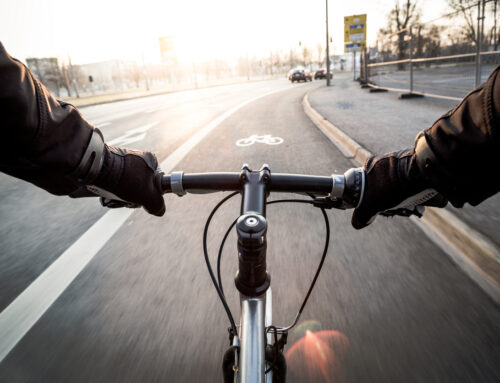
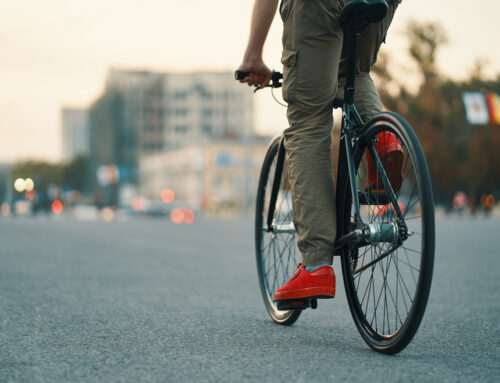
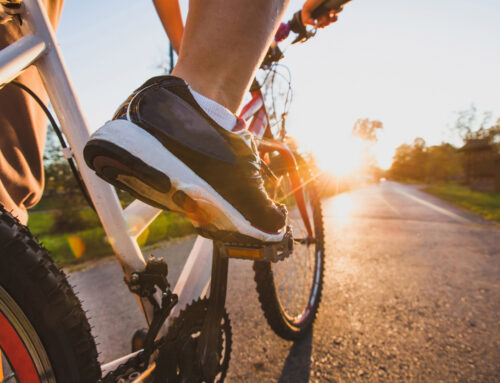
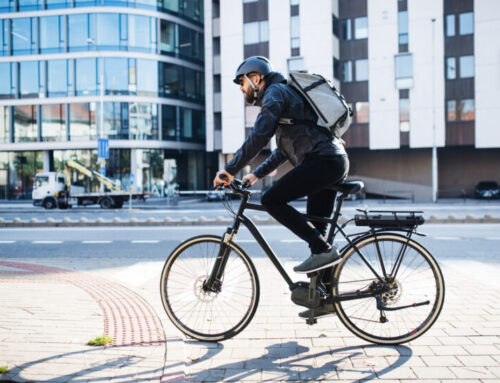
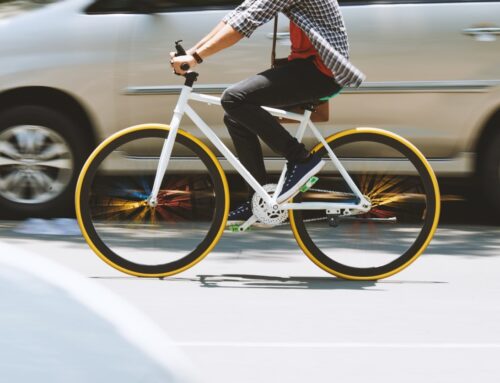
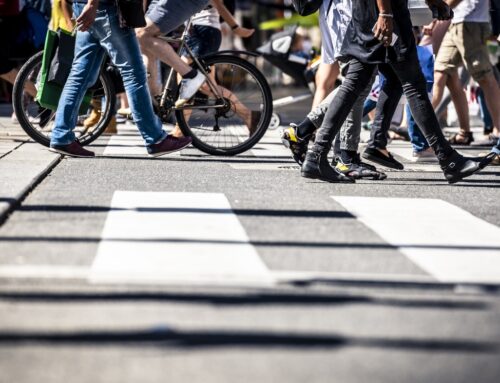
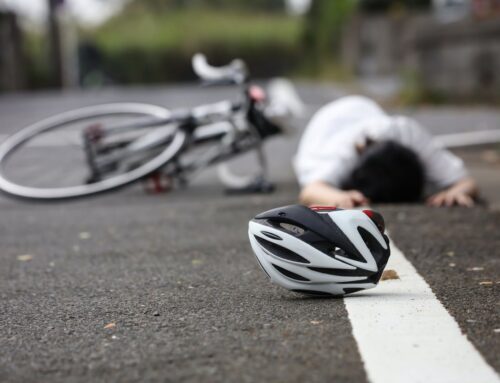
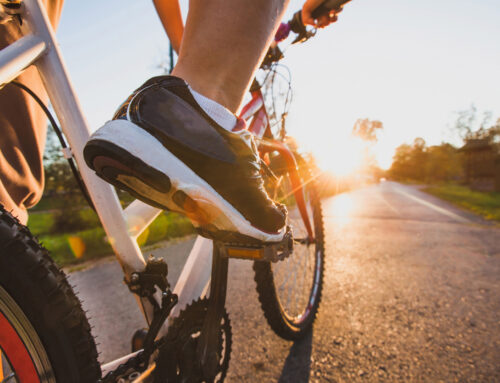
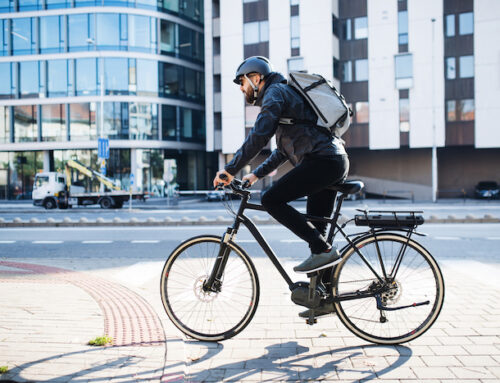
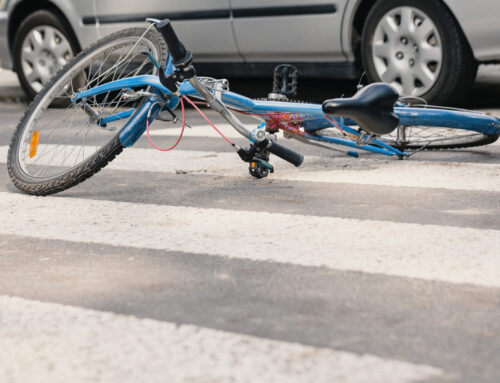
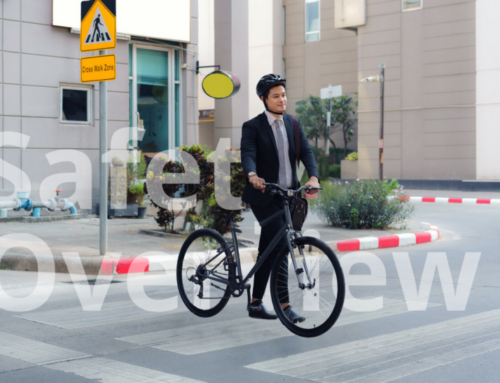
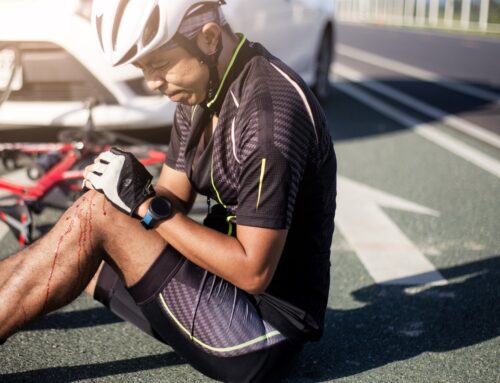

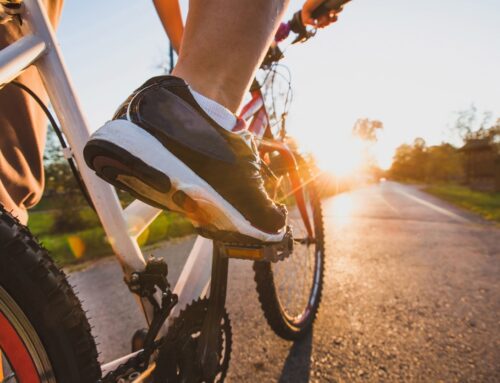
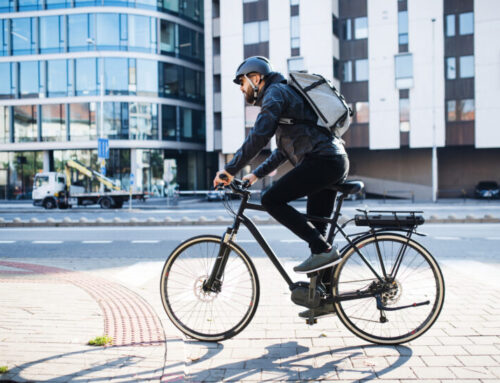
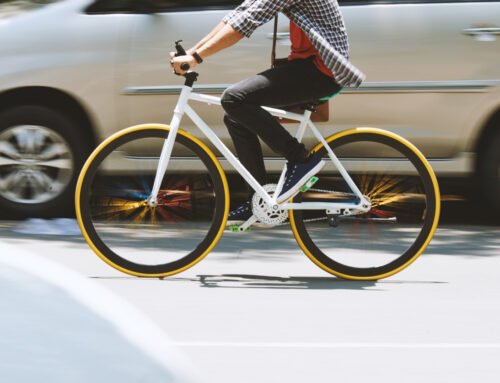
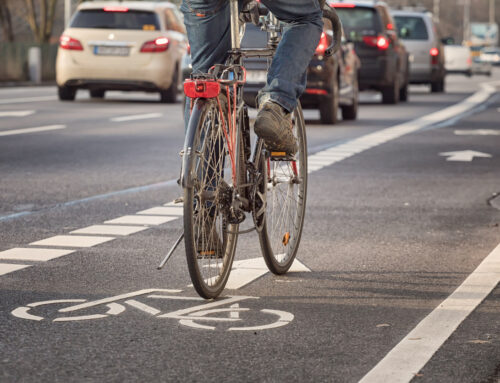
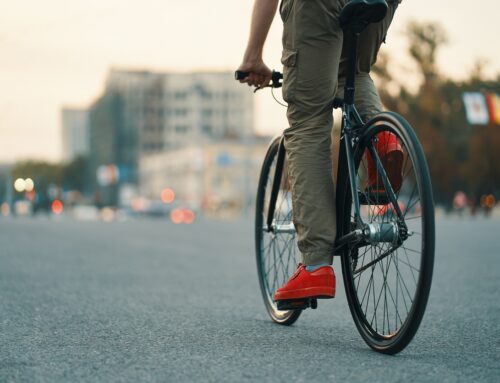


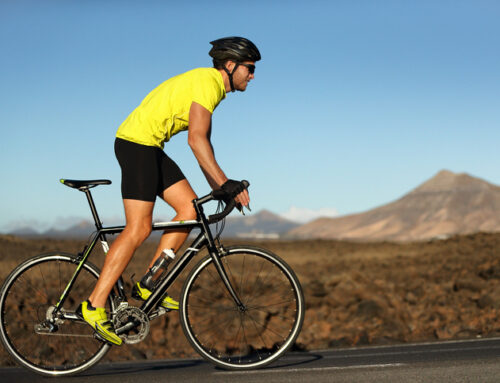
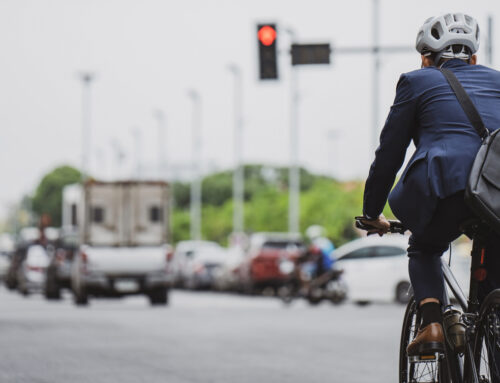
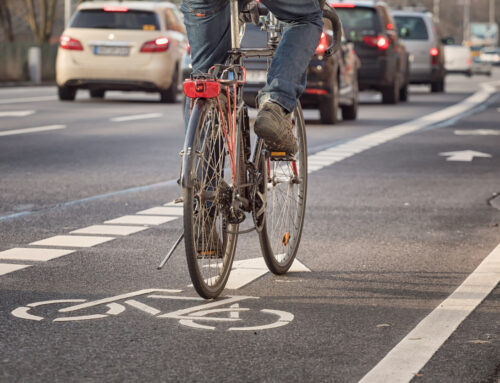
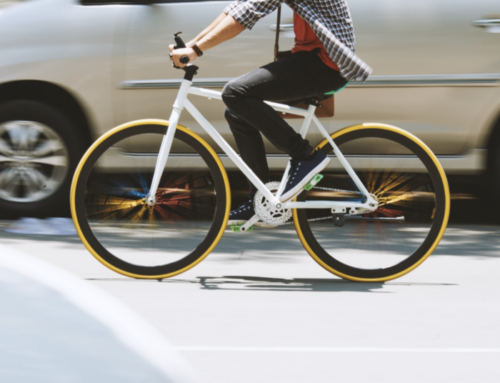
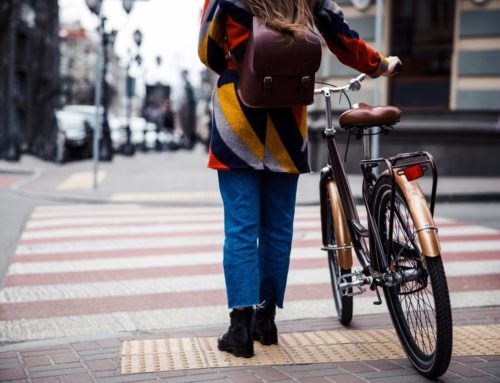
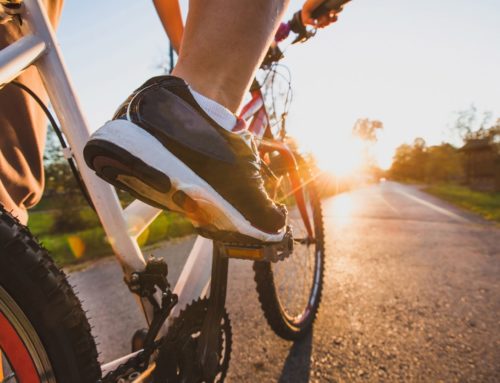
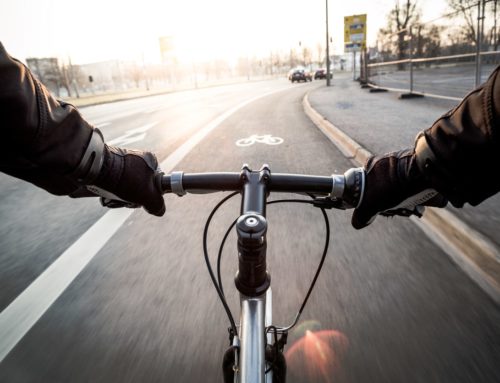

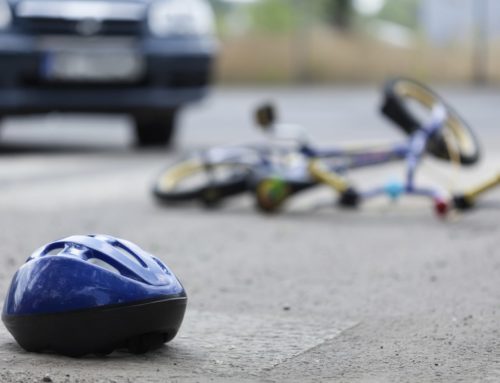
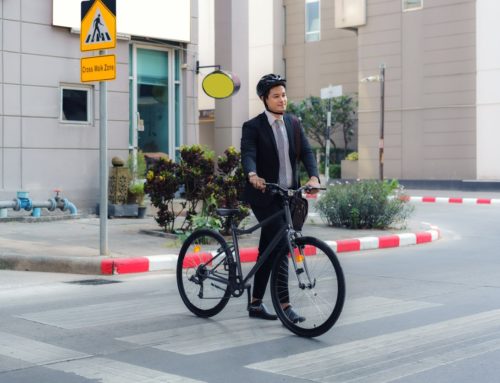
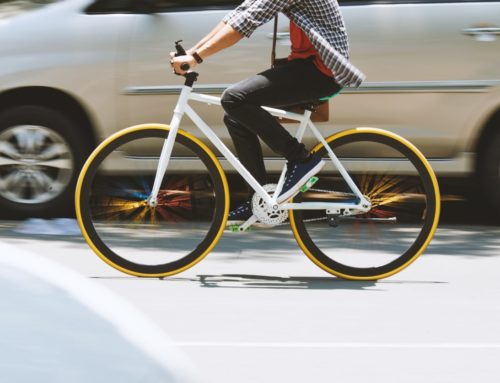



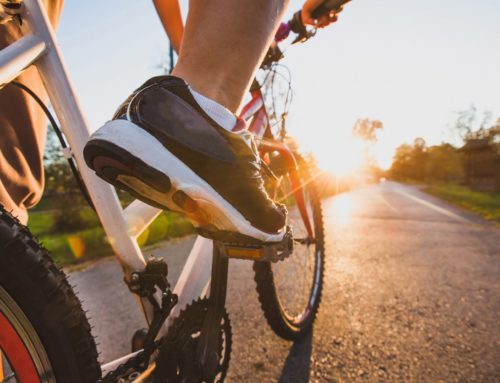
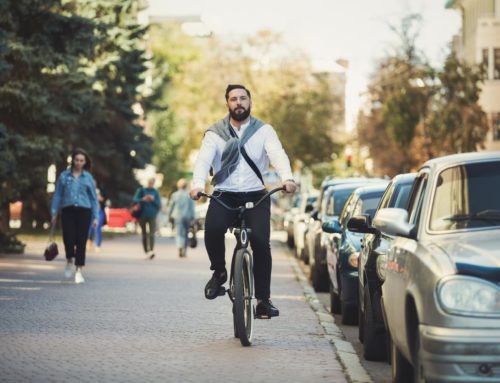
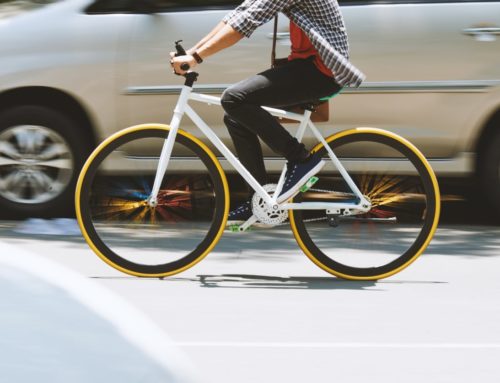


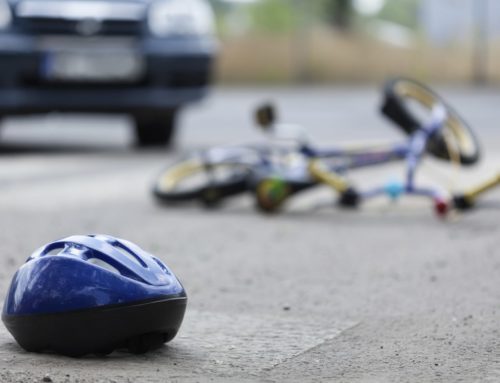

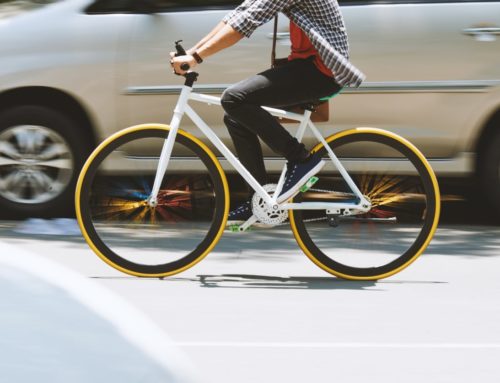

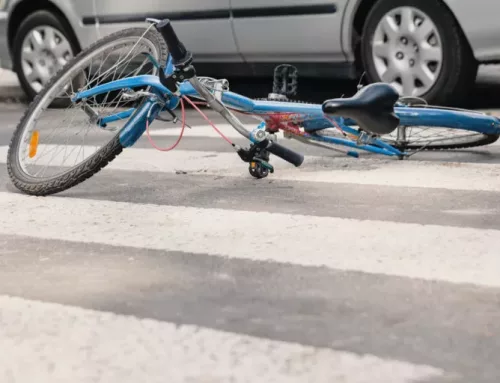

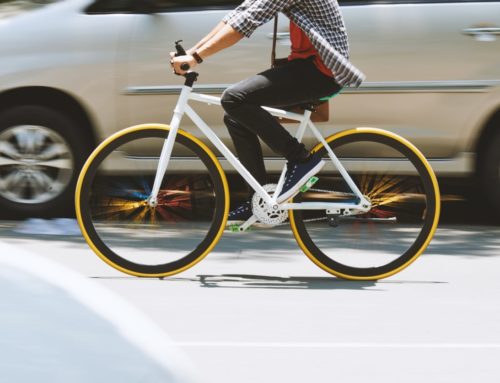
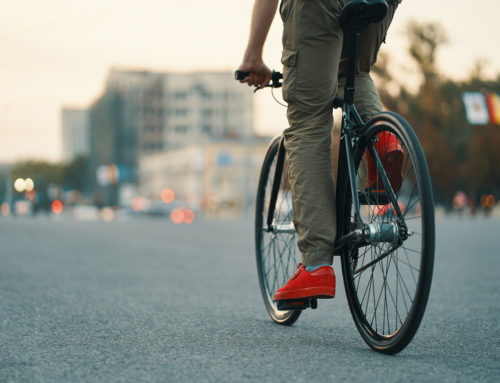
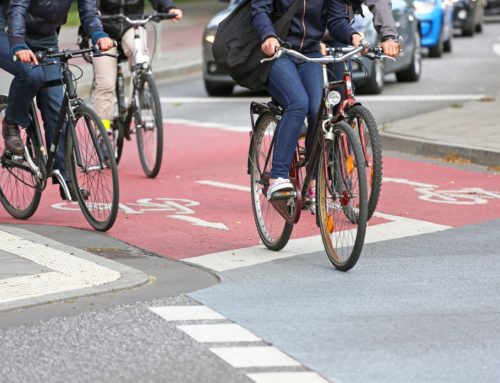

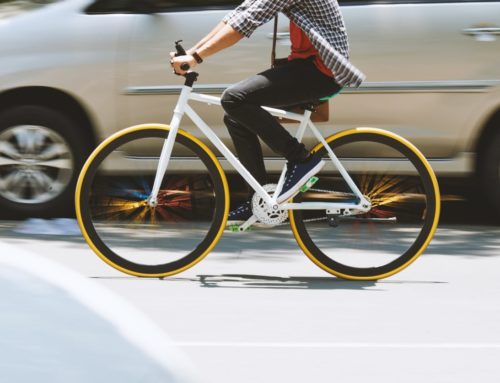
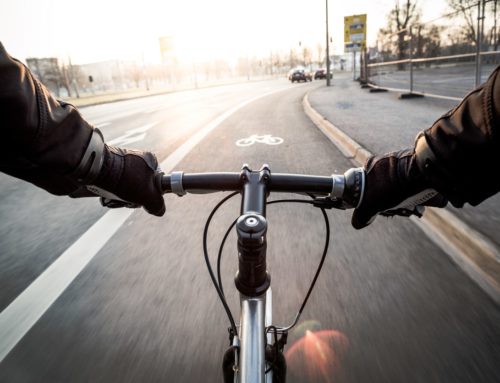

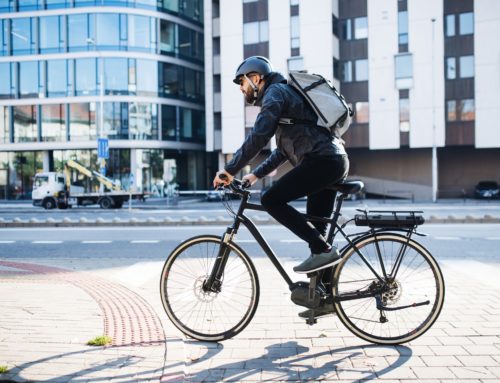
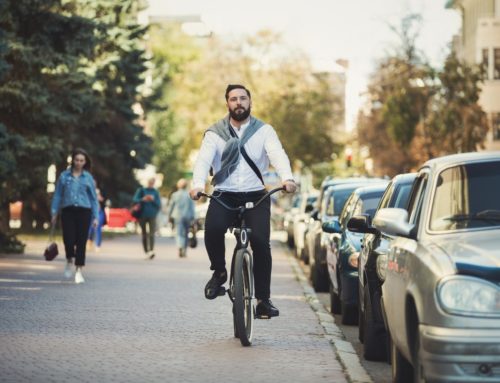

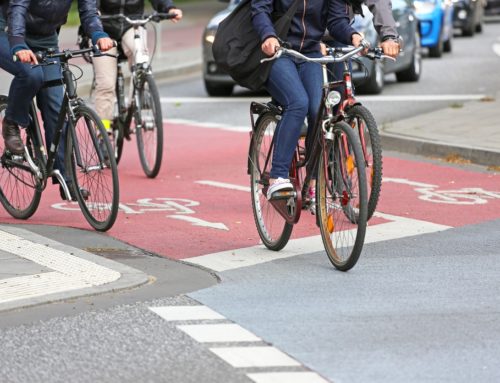

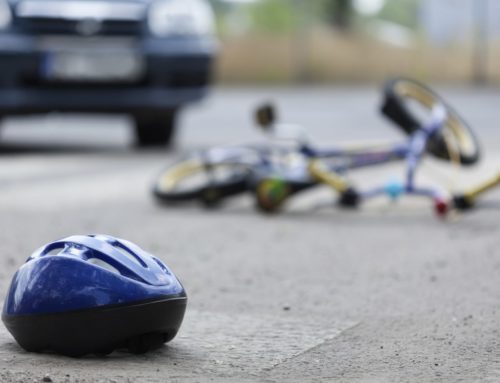
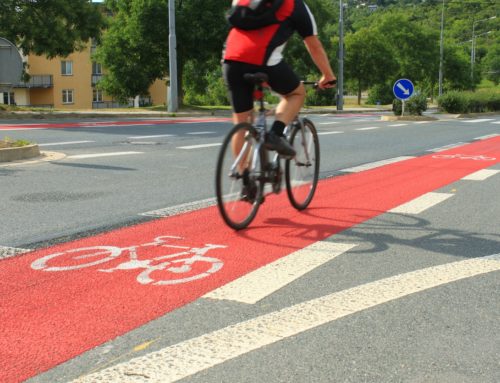




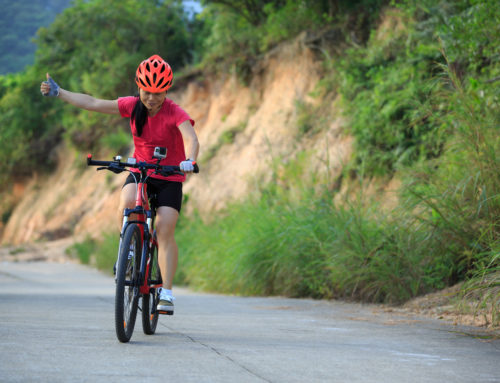
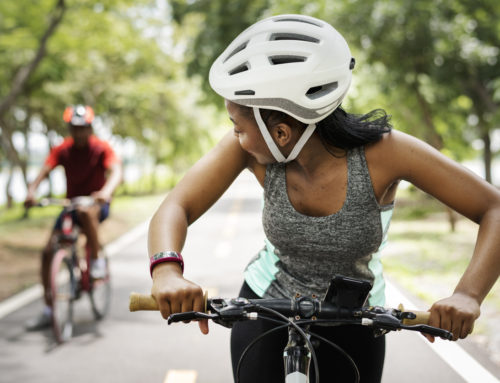
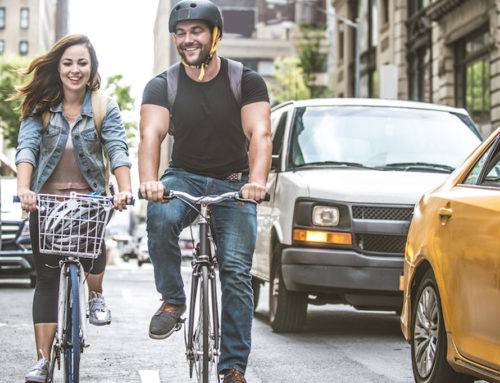


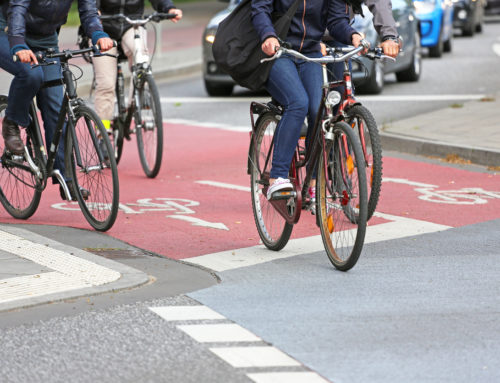
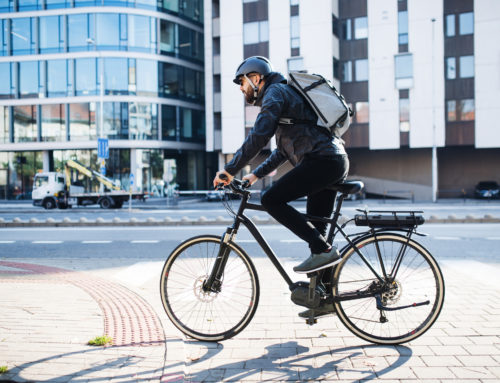
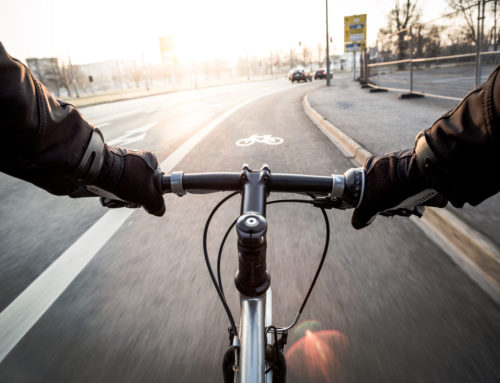

Leave A Comment